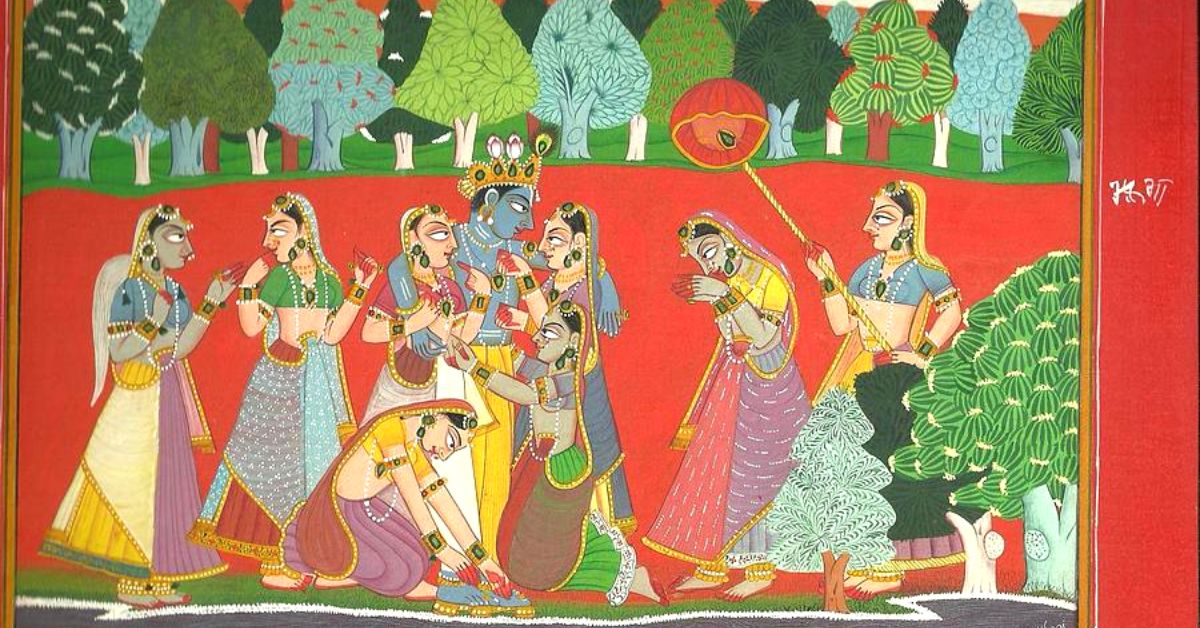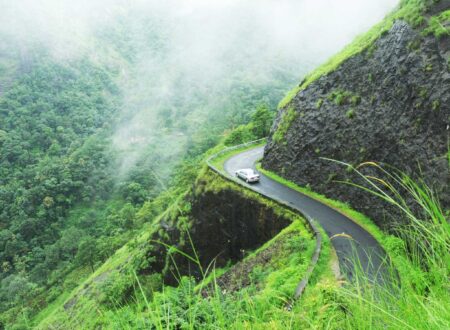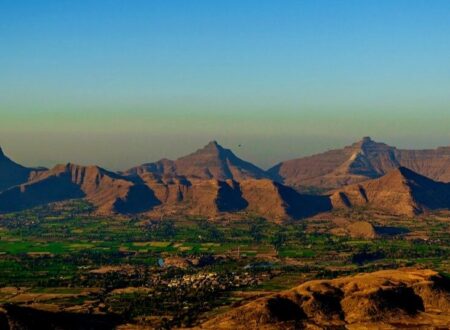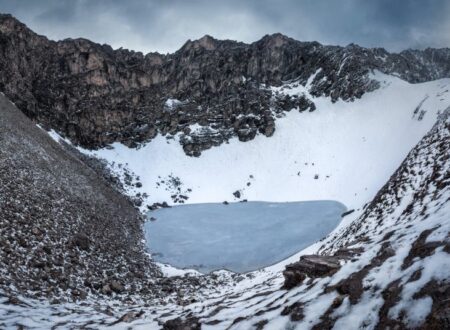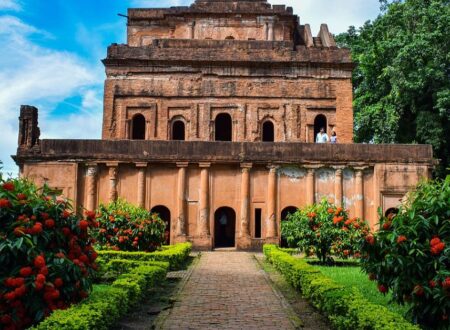In the middle of the beautiful hills of the north, lies a village – a piece of evidence of India’s diversity. The fortified town of Basohli positioned majestically atop a low hill at the edge of a lush forest.
The hill town of Basohli, around 80 kilometers from Jammu & Kashmir, is the birthplace of this painting style. Basohli is a metaphor for a bold, rich, elegant, and unorthodox, imprinted in the books of history.
History of Basholi Paintings
The Basholi school of art coincided with the decline of the Mughal empire in the 17th century. Moreover, the Mughal emperor Aurangzeb focused more on war battles resulting in a drop in interest in the fine arts.
Master craftsmen began to abandon the royal court in search of sponsorship from lesser-known village chieftains. Who lived a prosperous life far away from the heart of the Mughal empire. The estranged artists were under the wing of these local chieftains. Also, the Mughal School and the Rajasthan School of Painting have both influenced the Basholi School of Painting.

Basohli Paintings originated as a separate type of painting in the 17th and 18th centuries. Famous as a synthesis of Hindu mythology, Mughal miniature painting methods, and local hill folk art. The Deccan and Gujarati influences are also visible in these paintings. The impact of the Basholi style became apparent in the late 17th century, but it was IN SHADOW by the Guler painting tradition, which grew prominent in the region. Dashavatara, a mid-eighteenth-century painting by Mahesh, was a prominent piece from this school. Other famous pieces of art were illustrations based on Krishna’s life and the narrative of Usha and Aniruddha from the Bhagavata Purana.
Overview
Following the fall of the Mughal empire, the Padhas of Basholi became the most well-known dynasty associated with the history of painting. The existing emperor gave Padha Kunj Lal, a native physician of Basholi, some priceless Basohli paintings. The Padha family guarded the valuable heritage presents they eventually raised in Basholi, making it difficult for the Afghans, Sikhs, or British to take them away from their secure storage facilities. The Raja had his portrait made by the palace artists as a royal favor.
The Basholi paintings are also in link with stories of the famed Pal kings, Raja Sangram Pal and Raja Kirpal Pal, as the brothers were big supporters of the art. The pattern, design, color combination, and topics of these paintings are magnificent and traditional. Connoisseurs of art from all around the world come to see these works of art and express their gratitude.
Features of Basohli Paintings
Rasamanjari or Bouquet of Delight (a long love poem penned in the 15th century by Bhanudatta of Tirhut Bihar), Gita Govinda, and other Hindu and Mughal mythology are among the most prominent themes in Basohli Paintings. Moreover, striking blazing colors, crimson borders, sharp lines, and rich symbols distinguish these paintings. The faces of the characters shown have receding foreheads and wide expressive eyes that resemble lotus petals. The fundamental colors of Red, Blue, and Yellow are mostly in use in the paintings.
The facial type changes, becoming a little heavier, as well as the tree forms, take on a more naturalistic appearance, due to the influence of Mughal painting. This miniature features powerful and contrasting colors, a monochromatic background, huge eyes, bold drawing, the use of beetle wings to display diamonds in jewels, a narrow sky, and a red border.
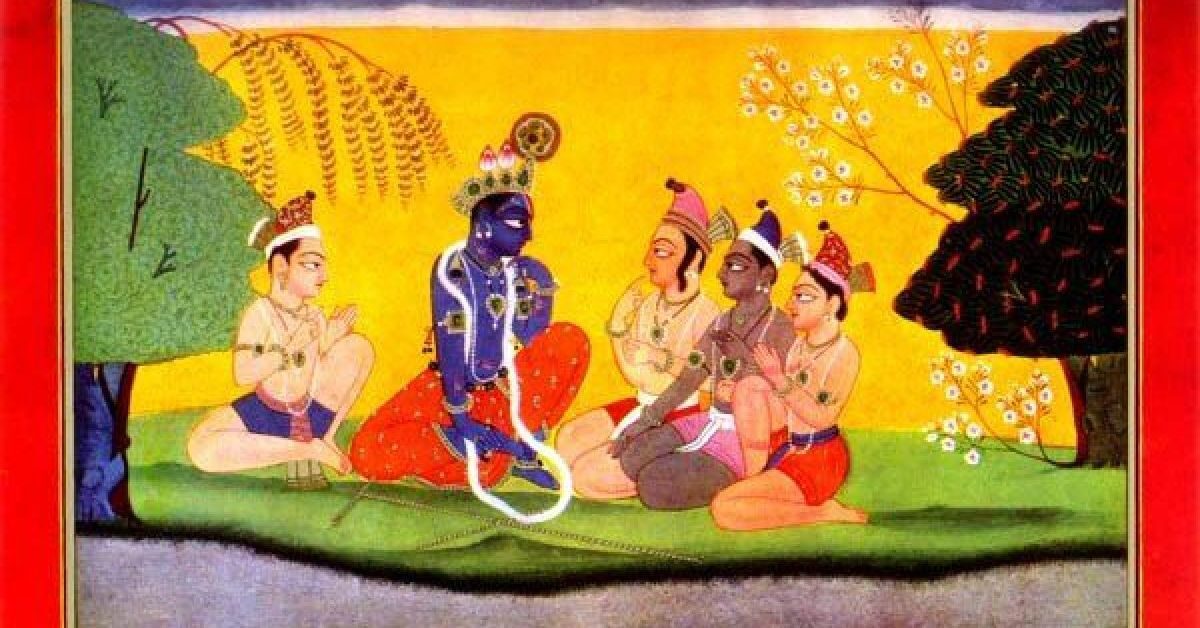
This painting technique was first introduced to the globe in the Archaeological Survey of India’s annual report (1918-19), which was published in 1921. This style had yet to be thoroughly classified and analyzed at the time. They were initially published in Rajput Paintings in 1916 by Ananda K. Coomaraswamy.
Basholi painting is a rare art form that may not be found everywhere. However, the only source of inspiration for artists is in the village of Basholi, where an NGO called Vishavasthali. Also, which focuses on protecting, spreading, and building up the rich tradition of Basholi compositions and Basholi Pashmina. To date, the organization has succeeded in producing a large number of young artists. Also, who is currently working on and preparing life-like reproductions? Hence,, we can only hope that through government grants and public interest, this art form can be preserved as it is an important part of India’s diverse culture and history.

